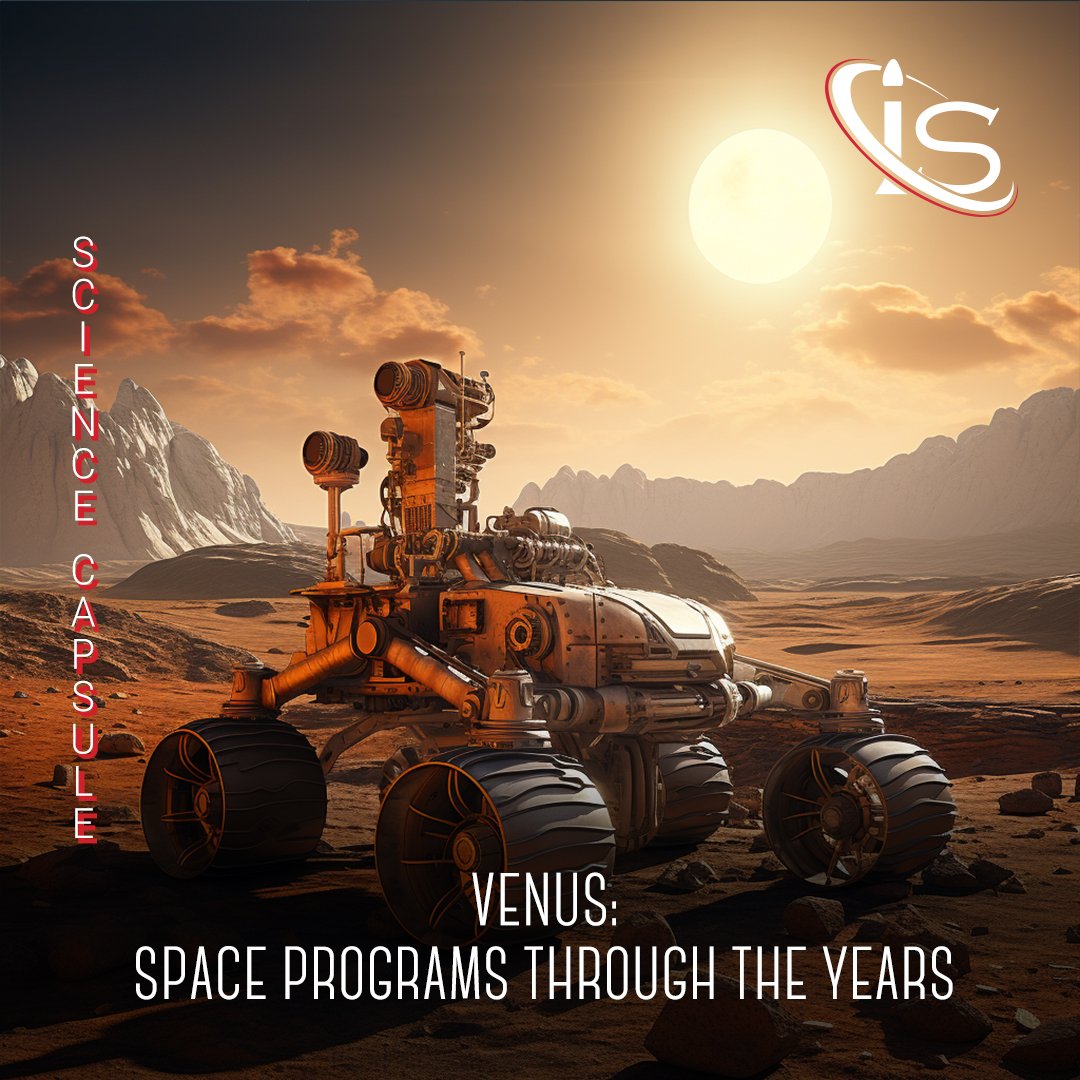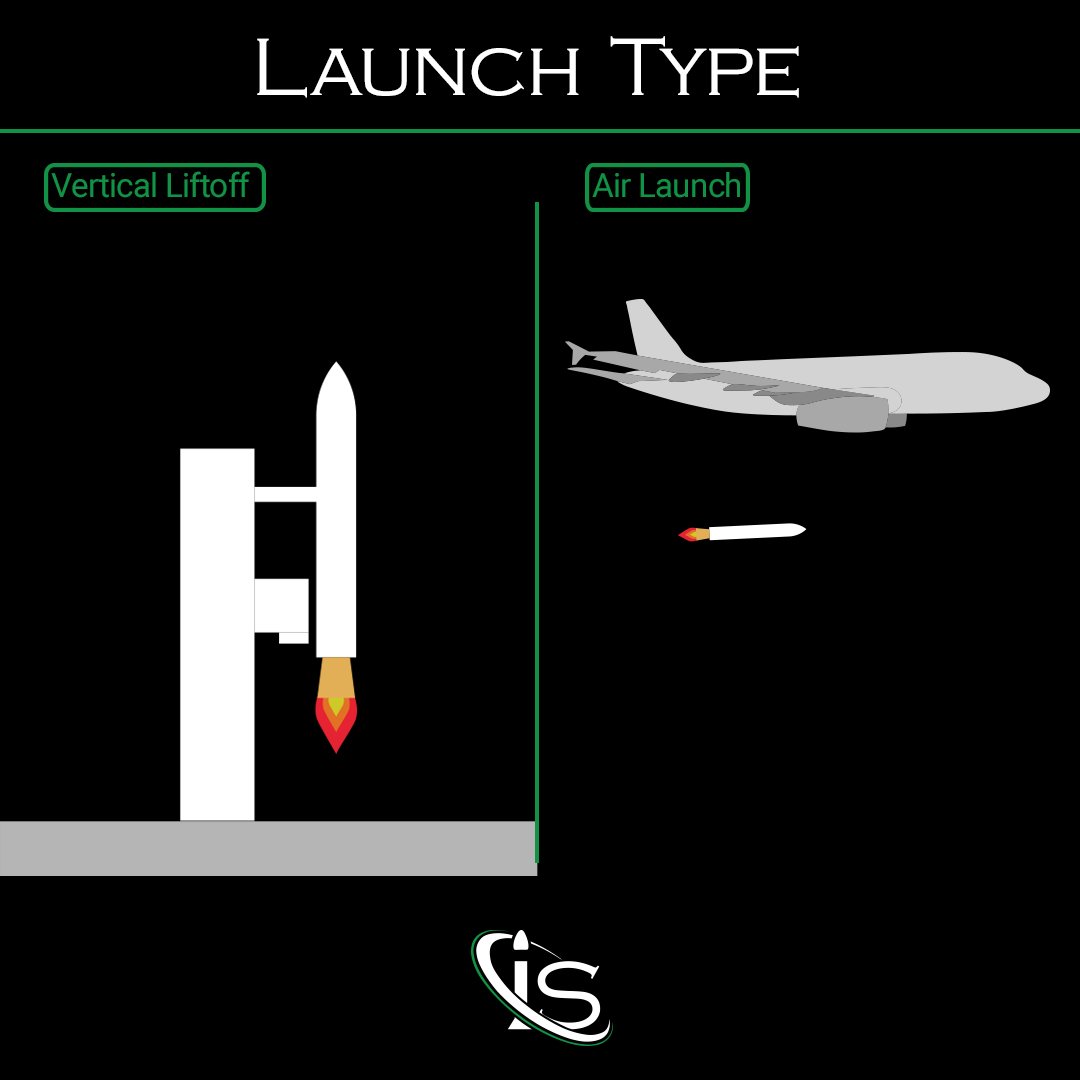In a growing SmallSat market, launch integration is moving toward launch options that are favorable to the small spacecraft, mainly: Dedicated, Rideshare, and Piggyback launches.

As mentioned before, the SmallSat market is growing faster and faster; indeed, there were 2304 SmallSat launched in 2022, representing 95.5% of the total spacecraft launched in that year. With respect to 2021, the number of SmallSat launched has increased by 32%, but even more impressive is the growth in the previous years: between 2020 and 2021, the growth has been 45%; even more, between 2019 and 2020, 209%!!
In fact, from 2013, almost 7,000 SmallSats were launched and 75% have been launched in the last three years.
Moreover, the ratio of SmallSat launched with respect to the total spacecraft launched has grown, from less than 85% in 2019 to more than 95% in 2022.
After this brief overview of the SmallSat market, let’s go into the details of Dedicated, Rideshare, and Piggyback launches!
Dedicated Launches
A dedicated launch is a mission governed only by one company, and it can be carried out either by using the newest small launch vehicles, or by becoming a main payload on a conventional launch vehicle.
Launching on a dedicated mission gives the control over all factors: launch date, specific orbit, interplanetary trajectories, precisely timed rendezvous, and special environmental conditions. The company can also request special launch accommodations.
The con of a dedicated launch is that, generally, it is more expensive than other launch options.
By choosing this type of launch, it is possible to place hundreds of satellites in the very same orbit on a single launch. This is an interesting option for SmallSats megacostellations, as in the case of Starlink and OneWeb, who launched 1273 SmallSats in total, using, most of the time, dedicated launches. In these cases the orbit at separation might not be the final one for all the satellites, which will have to reach their final orbit using their own propulsion system.
Click here if you want to check the dedicated launch schedule.

Piggyback Launches
A piggyback launch is a mission where the primary payload do not use completely the launcher’s available capacity. Thus, an excess of capacity remains available for secondary payloads. Auxiliary and piggyback are other way to call thi capacity in the industry. The primary payload still decide all the mission requirements. Payloads in piggyback mode will have to adhere to the mission, as defined for the primary payload.
The ESA “Fly Your Satellite” program and NASA’s Cubesat Launch Initiative provide piggyback rides to many universities. In particular to university developing scientific programs on CubeSat platforms.
Rideshare Launches
A rideshare is a multi-mission launch that uses a rocket to essentially deploy multiple SmallSats. The SmallSat are integrated on board compactly with adapters and dispensers. Sometimes the launcher provides different separation altitudes for release the satellites. That said, the separation altitude range is usually not very high. Final targeted orbits can be reached by the use of a Space Tug. For example ION CubeSat Carrier is a Space Tug provided by D-Orbit.
Rideshare missions are not as common as dedicated missions. The most important rideshare programs are Falcon 9’s Transporters and Vega’s SSMS. The Transporters have deployed almost 600 SmallSats in their 7 missions. Their next one will be Transporter-8, which is launching in June 2024.
Click here to discover the launch schedule of the rideshare launches. And make sure to check back at impulso.space, every week, for a new space-centered capsule.





